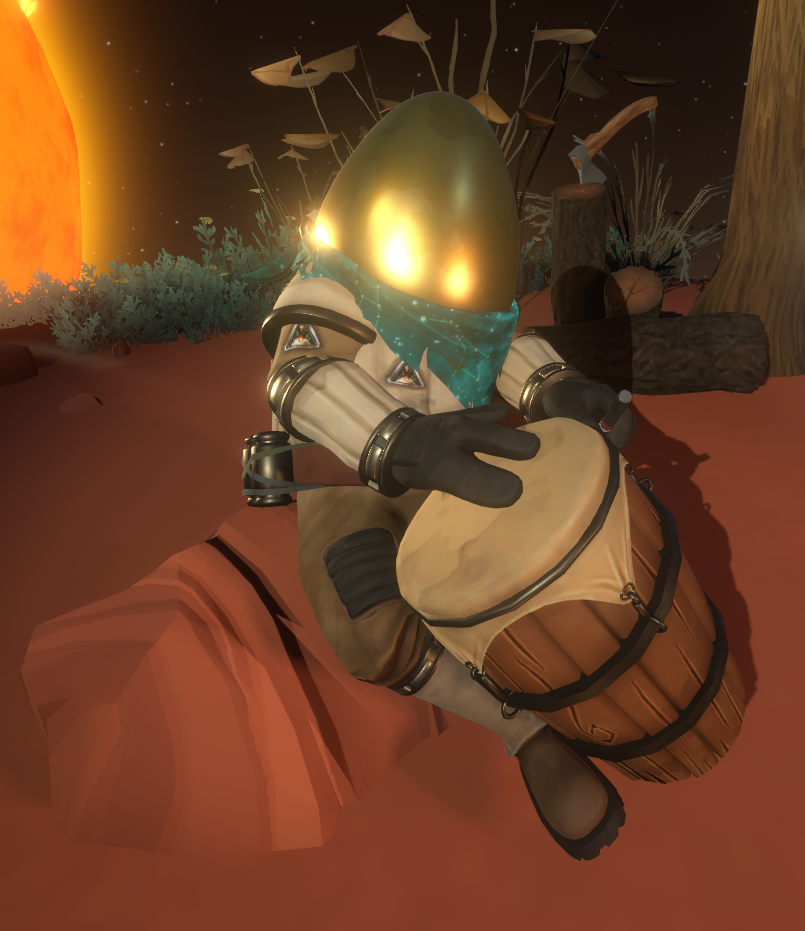

You can never go back to the first time…we can never experience those same sensations again.īut without that kind of gameplay hook, many players might feel lost or overwhelmed. Some games end up feeling too much like busywork and maintenance. There’s objectives to complete, requests to answer, rewards to attain, achievements to grind…as much as I quite enjoy these gameplay loops, it can truly start to become a little too structured. I play a significant amount of RPGs grinding experience, gathering stronger equipment, and attaining incremental upgrades to overall power is familiar territory to me. Hell, revisiting that opening section later in the game made me really just how many future clues had been hinted at there, hiding in plain sight. Even stumbling through the tutorial has a looseness to its structure. Everything I needed was right in front of me from the outset, but my willingness to play with the systems and explore lead to massive revelations and ramifications.

I could go anywhere, do anything, and act purely on self-motivation and curiosity.

At no point did the game do anything more than nudge me out into the solar system. This brings us neatly to the core element of what works so well in Outer Wilds: emergent gameplay design. Subsequent “Ah-hah!” moments of the game felt like major triumphs the likes of which I so rarely experience in games nowadays. One simple sentence in the game - which I won’t spoil - absolutely blew my mind once I processed the practical implications. Some clues are less about the game’s core mystery, and more hints as to entire laws of physics. All the tools and trinkets available from the start will carry you through to the end what changes is simply the understanding of what you can accomplish with them. The pervading knowledge is mechanical, also. Sometimes, the music would start to signal the end of the loop, and I’d just wait it out by watching the end. Perhaps I’d uncover a clue about a timed event that would happen ten minutes earlier in a loop, so I’d close out the remaining time by attempting to jetpack to the next planet over. I’d hurtle into the side of cliffs by accident, park my ship in a place that saw it ejected into space without me, or overestimated distances and run out of oxygen in a cave somewhere. Sometimes I’d try to act on a hint I’d picked up along the way, only to be missing something crucial to aid my understanding. There was always that timer in the back of my mind, yet death by supernova or other hazard was but an inconvenience…and other times, a hasty reset was exactly what I needed to catch a window of opportunity.Ī single loop was rarely the same.

It became a massive web of science fiction intrigue, and I just had to keep going and see it through to the end. A mystery laid before me, expertly crafted and divided into several different information clusters that organically flowed between each other. You’ll never get any more tools or permanent upgrades beyond what you start with: the Scout Launcher, Signalscope, jetpack, and your spaceship.įrom beginning to end, I was driving the entire experience forward. At this point, freedom is yours! Anywhere you’d like to go in the solar system is completely open to you, once you’ve come to grips with the flight systems. One big story beat happens, and then you will launch into space. You’re about to launch on your first space flight, and the opening section serves as a tutorial for many elements of the game you’ll come to experience. You begin Outer Wilds by waking up on your home planet of Timber Hearth, staring up at the stars. It might not be like that for others, but figuring things out entirely from a smattering of clues or acting on unspoken cues was a huge highlight for me. Much of the charm and fascination that I had with Outer Wilds came from solving its mysteries entirely on my own. Now, I would absolutely like to spend the rest of this article gushing about specific parts of Outer Wilds that I liked, including hugely interesting moments or revelations…but I won’t.


 0 kommentar(er)
0 kommentar(er)
